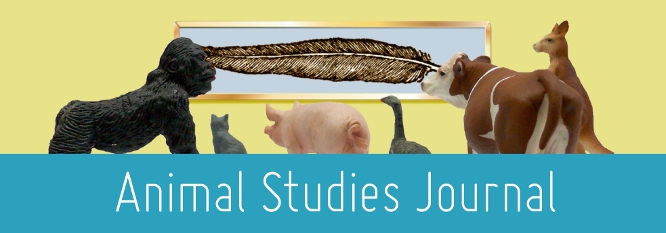Home > assh > ASJ > Vol. 6 (2017) > No. 1

Abstract
This article examines the operations of visual representations within discourses advocating deextinction. Images have significant agency within these debates, yet their roles, and the assumptions they naturalise, have not been critiqued. Demonstrating the affective, triumphant and subversive potentials of these representations, this article then turns to the implications of relying on images made by and for humans within the expressly multispecies space of de-extinction. Discourses around de-extinction tend to place undue weight not just on how candidate species look(ed), but on how they appear to human eyes after the mediating processes of representation, and the notion of recreating a nonhuman animal that looks the same as an extinct species is not only limited as an aim of de-extinction technologies, but is problematised when different species’ modes of seeing and optical capacities are taken into account. Furthermore, vision cannot necessarily be assumed to play the same role within the sociality of species being reproduced as it does for the humans seeking to instigate these de-extinctions, and this article seeks to situate these imbalances in de-extinction discourses within humanistic ‘sensory hierarchies’ which have pervaded the domain of cultural representations, including museums and technology. Animal agency thus raises questions about these spheres, and emerges as having the potential to disrupt certain approaches to de-extinction. This article therefore seeks to reframe questions of what ‘success’ might mean in relation to de-extinction, and argues for the acknowledgement of ‘multispecies phenomenologies’ as an obstruction to the insistent anthropocentrism of the de-extinctionist gaze.
Recommended Citation
Ibbotson, Rosie, Making sense? Visual Cultures of De-extinction and the Anthropocentric Archive, Animal Studies Journal, 6(1), 2017, 80-103.Available at:https://ro.uow.edu.au/asj/vol6/iss1/6
Included in
Art and Design Commons, Australian Studies Commons, Creative Writing Commons, Digital Humanities Commons, Education Commons, Feminist, Gender, and Sexuality Studies Commons, Film and Media Studies Commons, Fine Arts Commons, Philosophy Commons, Social and Behavioral Sciences Commons, Theatre and Performance Studies Commons

